

Marton Pettendy
Australian company produces another million-dollar classic Porsche 911 restomod
13 Days Ago
Guest User
My dashboardOur resident rally ace Chris Atkinson hits the track in some Mustangs. This written story supports the video, which is embedded within.

Performance Editor


Performance Editor
The growing shortage of rear-wheel drive performance cars in Australia means the Ford Mustang is one of the last remaining options at a reasonable price point.
But which one to choose!?
We decided to take two versions of the Mustang to our CarExpert test track, QLD Raceway, to find out how they perform and what the differences are.
They are the limited edition Ford Mustang Mach 1 (orange) and the regular Ford Mustang GT (red). Now you would expect this to be the natural pecking order as well, but is this the case?
MORE: Mustang Mach 1 review MORE: Mustang GT review
Rear-wheel drive V8s are not my natural habitat.
My past experience in a Ford Mustang was limited to a brief late-night run between Washington DC and Philadelphia in torrential rain, when the only other option at the rental car counter was a minibus.
So I really didn’t know what to expect, which is actually a great way to enter a test! No pre-conceived ideas or biases, just get on the track and see how they perform.
The answer is yes, they absolutely performed and in a way I didn’t quite expect. The surprise was that it wasn’t as much about the engine, but more about the chassis and balance on the track.
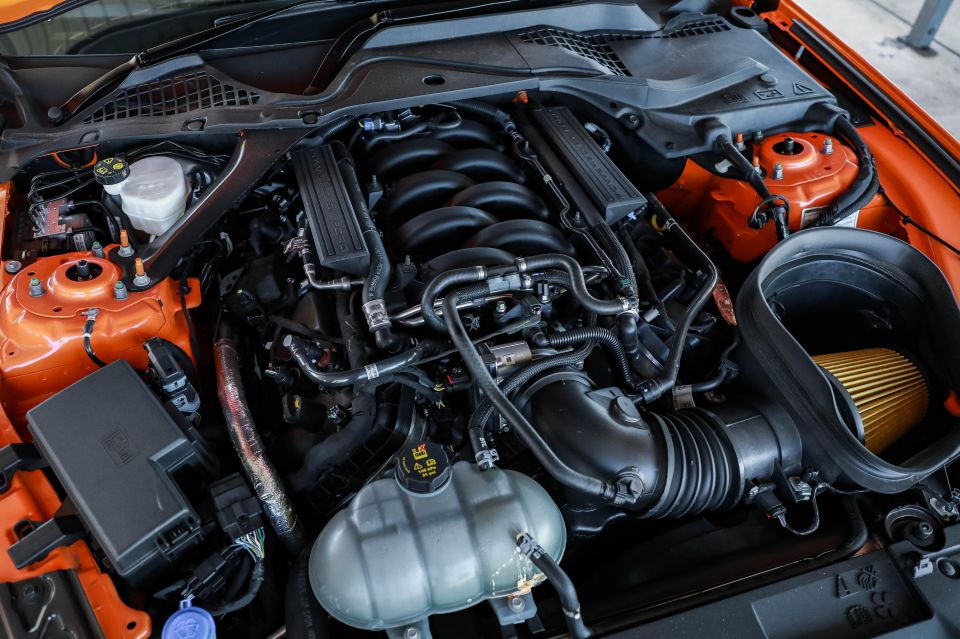
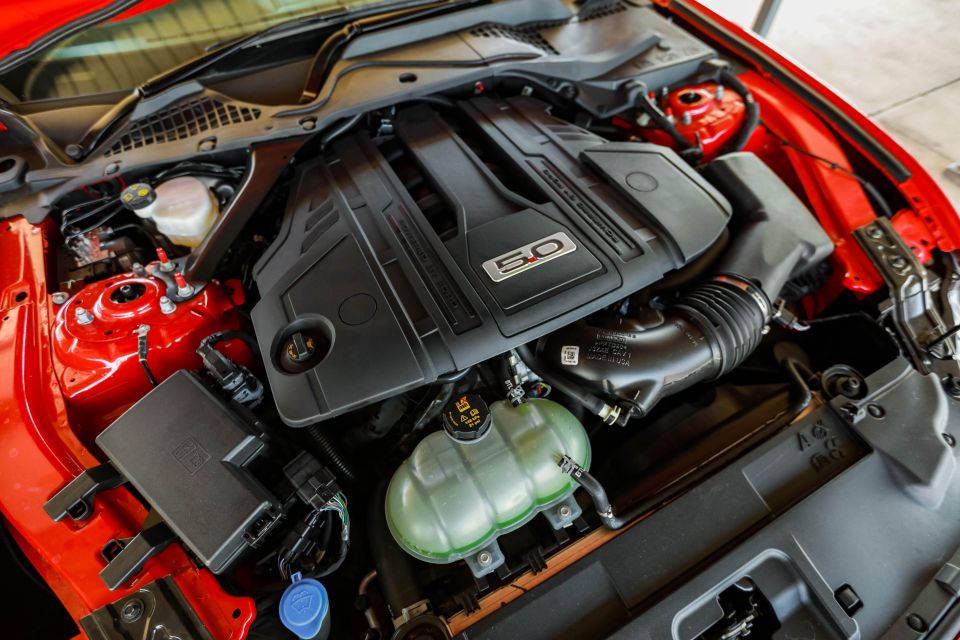
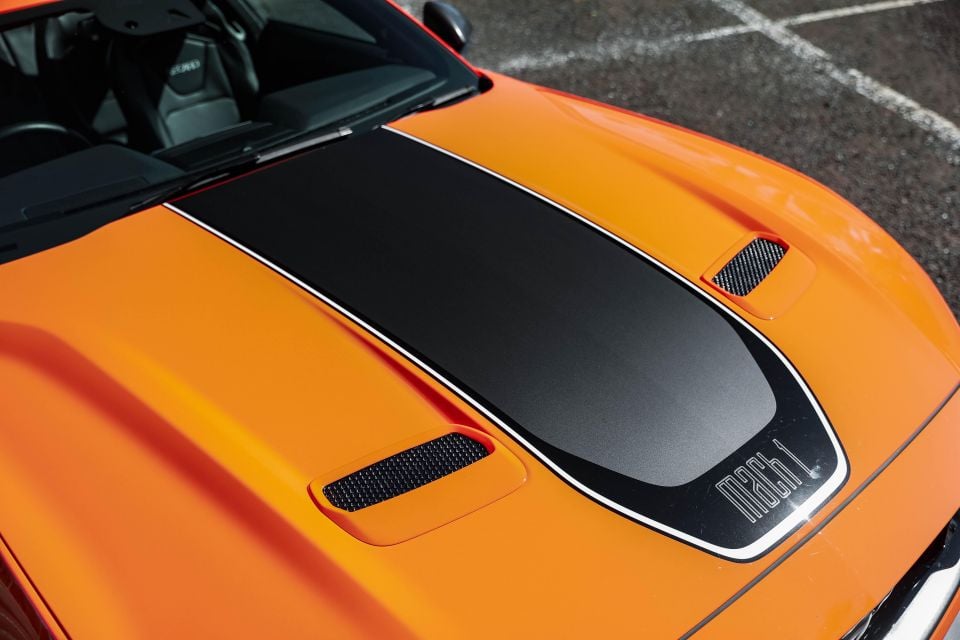
On paper, both the Ford Mustang Mach 1 and Ford Mustang GT look like they should almost have the same engine performance.
Both run 5.0-litre V8s with the same peak torque figure of 556Nm @ 4600rpm, though the Mustang Mach 1 does have a 6kW power advantage: 345kW vs 339kW for the GT.
Yet in reality, they performed completely differently!
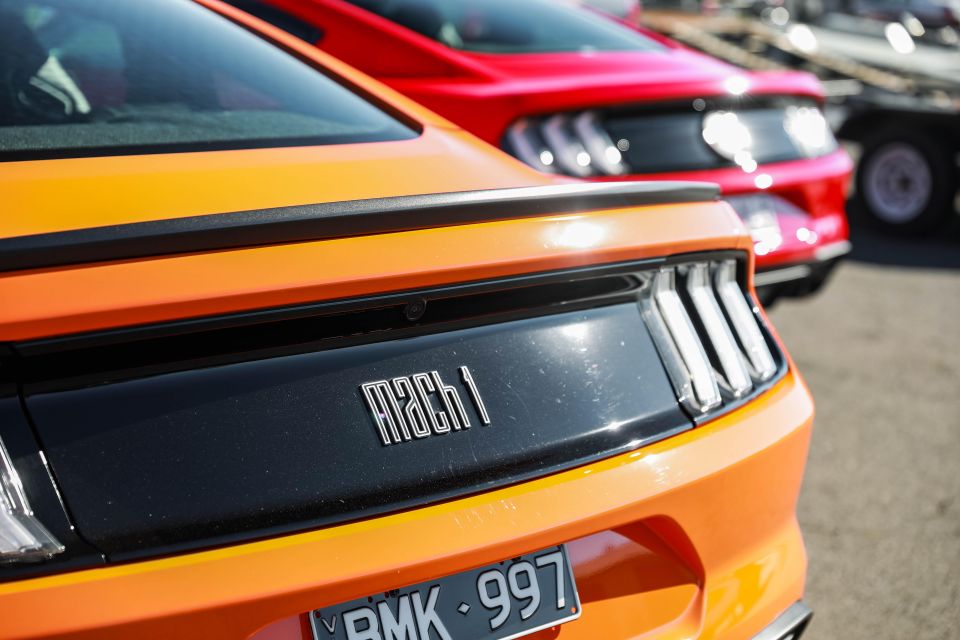
Firstly the Mustang GT engine is so drive-able, it is incredibly easy to feed in the power and keep the traction under control on corner exit. Unfortunately the top end just feels like it drops off a little bit and leaves you wanting more.
Now the Ford Mustang Mach 1, on the other hand, is a completely different beast. Much more reactive in terms of throttle response and it just keeps on pulling all the way to the shift light.
It makes it a bit more challenging to drive at the same time, and you need to be more controlled in your inputs and manage the power delivery to nail the corner exit.
| Mach 1 | GT |
|---|---|
| 5.0-litre V8 | 5.0-litre V8 |
| 345kW @ 7500rpm | 339kW @ 7000rpm |
| 556Nm @ 4600rpm | 556Nm @ 4600rpm |
| Rear-wheel drive | Rear-wheel drive |
| 6-man / 10-auto | 6-man / 10-auto |

The brakes in the Mustang Mach 1 and GT both performed really well. I had no fade and could really trust how the car would slow down.
Being larger vehicles, they were very stable and that gave me a lot of confidence when pushing hard and the actual vehicle mass wasn’t a huge negative.
The stability really stood out in the Mach 1, with the changes Ford has made to the chassis coming to the fore.
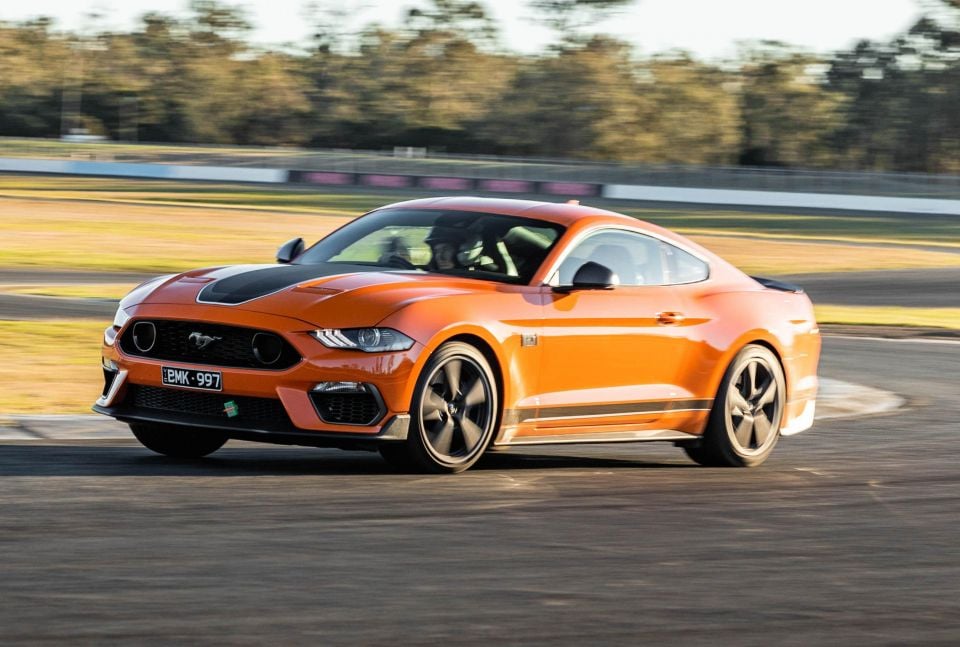
The chassis was another surprise package for me with the Mustang. Ford has been producing cars with really good geometry for a long time now and you can see it has put some thought and effort into the Mustang.
Despite the cars feeling quite different to drive on the track, they were well balanced – you could take them to the limit and stay right there. This shows that the fundamental design of the car is excellent and that it has a large working window.
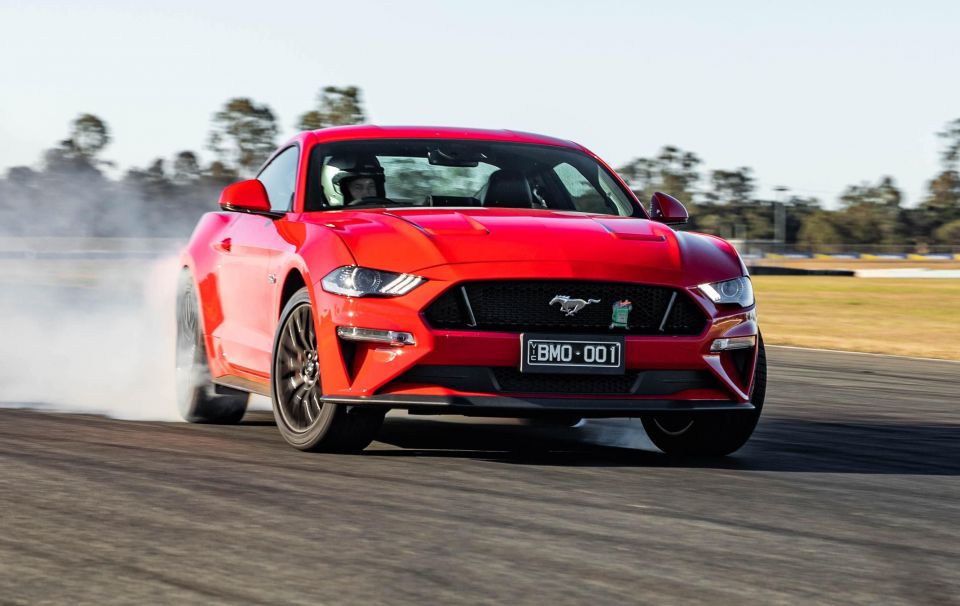
But the Ford Mustang Mach 1 absolutely stood out in terms of outright ability. It was so much more reactive and supported everywhere on the track. I really didn’t expect such a difference.
Some of this was down to the MagneRide suspension, which you can option on the GT, but it was more than that. Even with the same underlying chassis balance, you could just go faster everywhere!
This is more than just making a car firmer to tick the box of making it a track car, this is a complete overhaul and it absolutely works.
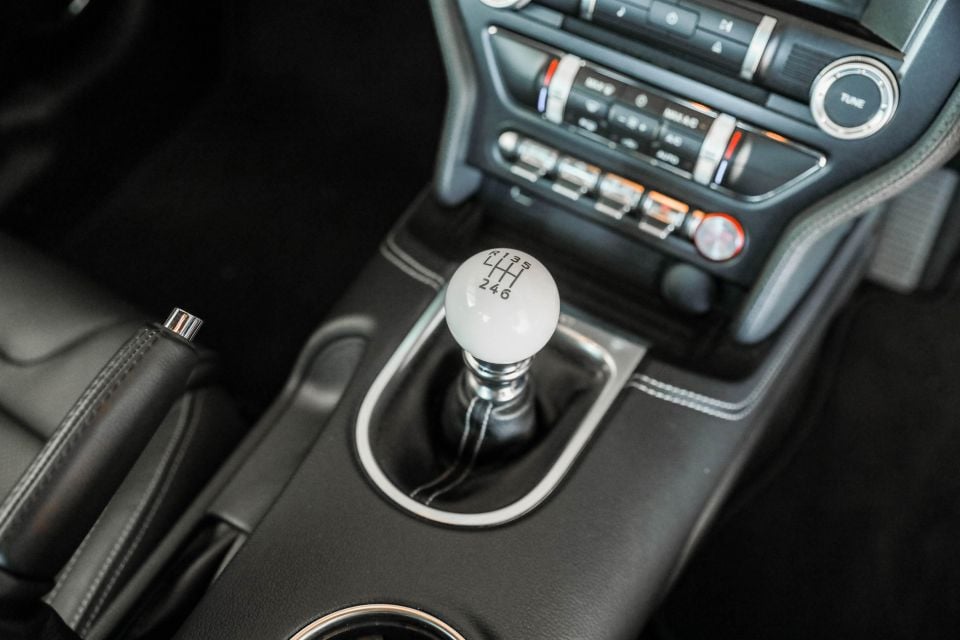
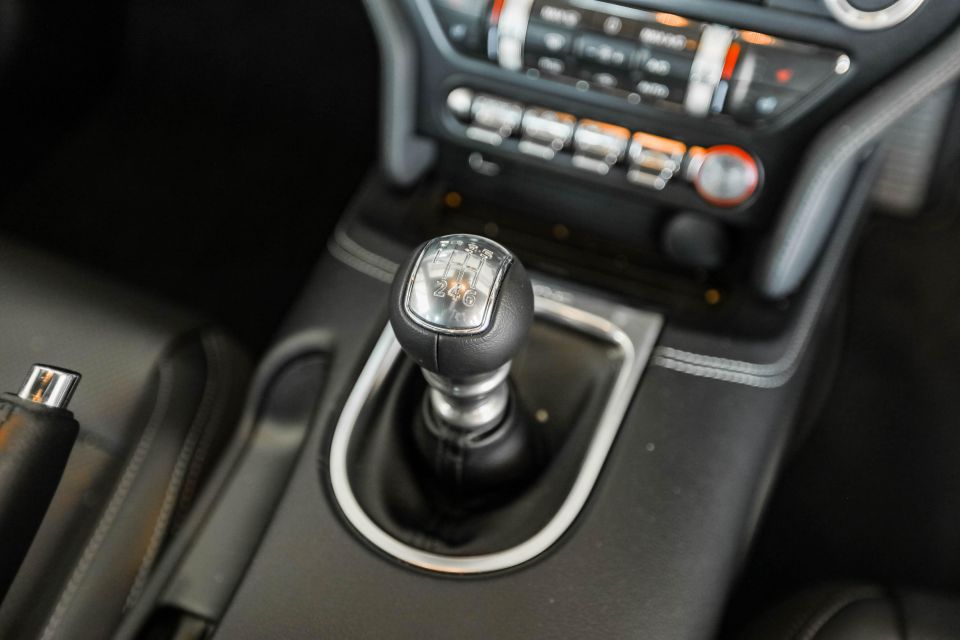
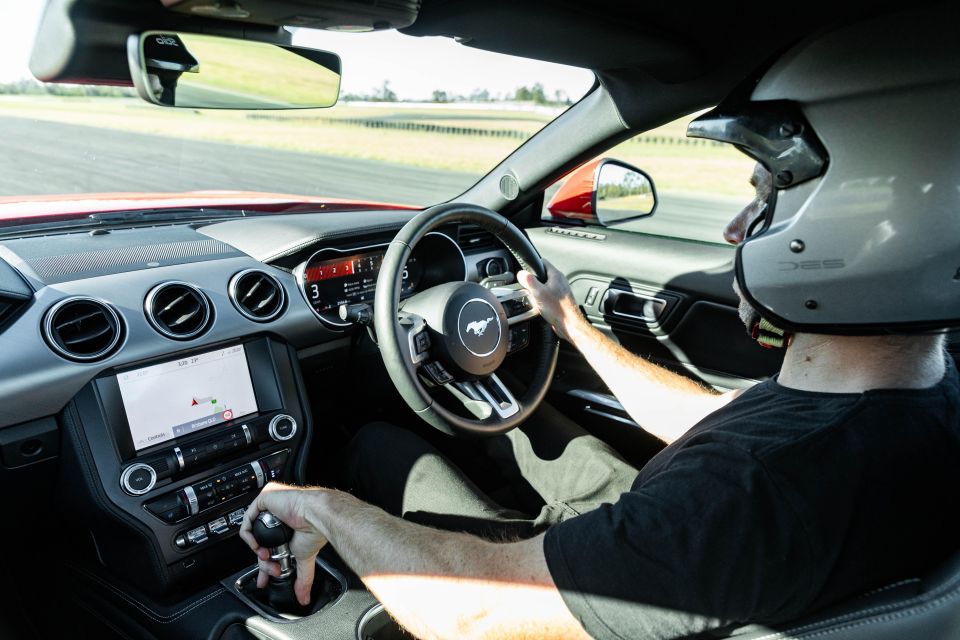
The Ford Mustang Mach 1 gets a six-speed Tremec gearbox while the Ford Mustang GT has a six-speed Gertrag gearbox. The first big difference is the gear ratios, the Mach 1 uses one extra shift on the track due to its closer ratios.
This difference actually plays into the hands of the Mach 1 in terms of engine feeling, with those closer ratios making it respond quicker and making it more reactive. It was just a fraction sharper and shorter.
The Ford Mustang GT gearbox actually isn’t a negative at the same time, it makes the GT very drive-able and could have worked just as well in the Mach 1.
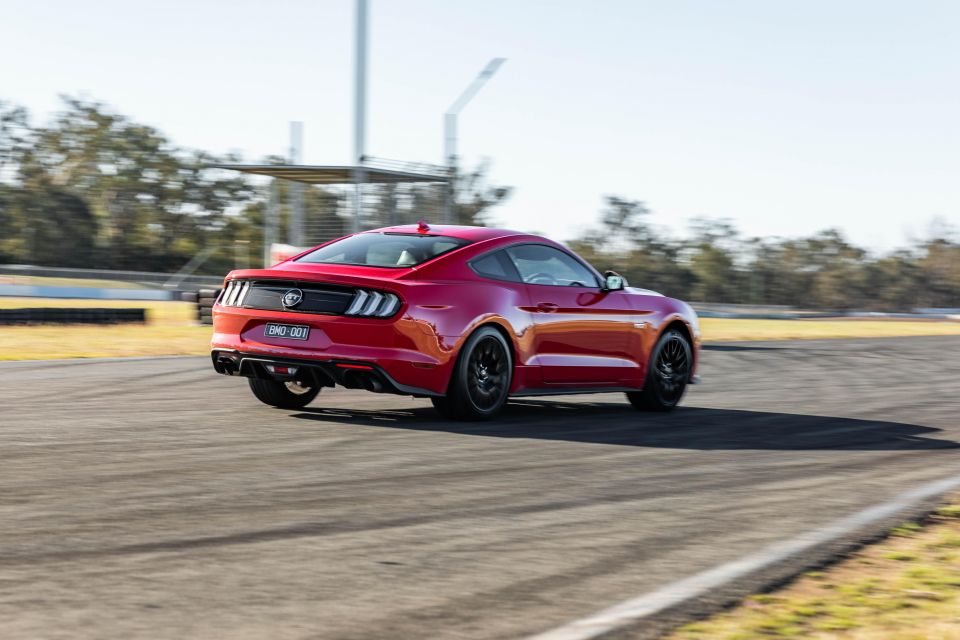
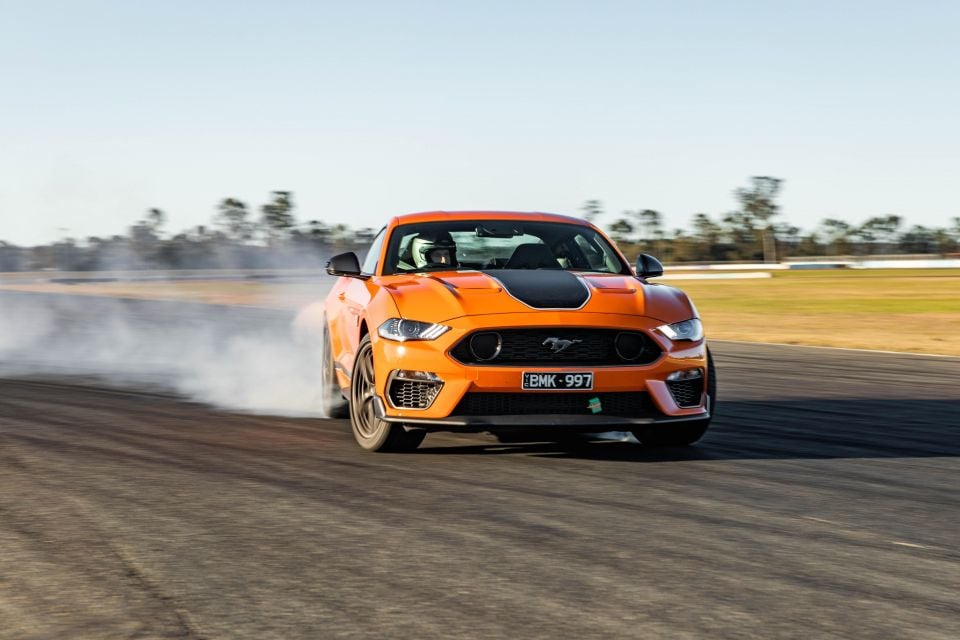
The differential was a slight let down, although it was very good at allowing the car to rotate and be free into, and out of, the corner.
I would have liked a bit more slip control when I was more aggressive. It didn’t feel completely consistent and seemed like it struggled to control the inside wheel spin.
In a V8 rear-wheel drive car, I really want that control across the axle!
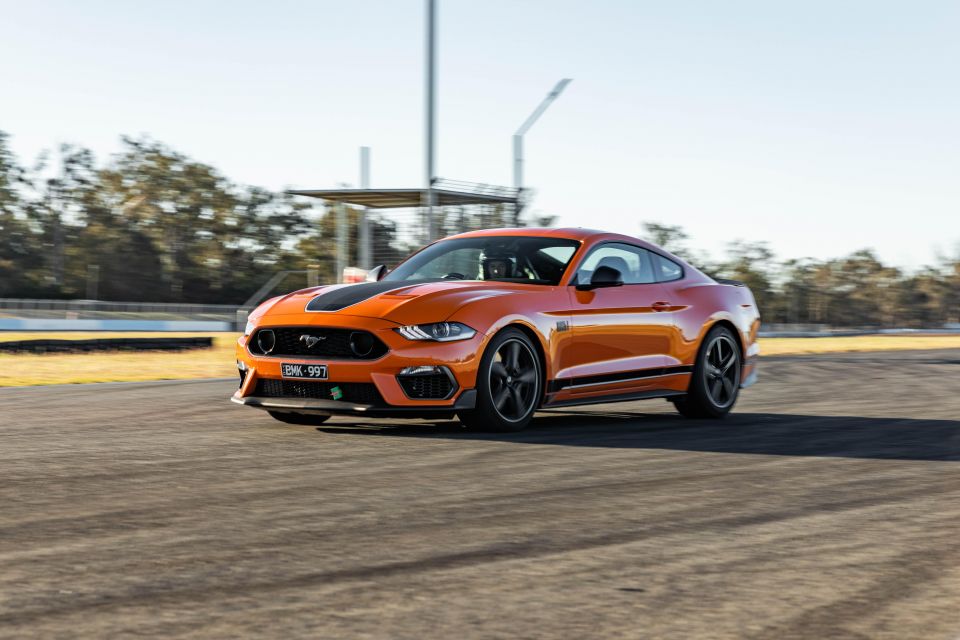
The suspension difference with the Ford Mustang Mach 1 was massive. But as I alluded to with the chassis, it is more the complete package that is different.
Now the Ford Mustang GT suspension isn’t actually that bad, it’s just that the Ford Mustang Mach 1 is so impressive.
The GT feels soft and a little lazy. The positive is that once you get it to settle in the corner it actually offers a lot of support and this is what gives it a well balanced feeling.

The GT feels soft and a little lazy. The positive is that once you get it to settle in the corner it actually offers a lot of support and this is what gives it a well balanced feeling.
Once you are in this position, you can add steering and get a nice reaction, rather than just washing out. It did react a little bit off bumps and when you made quick inputs, and this was coming from the rebound side of the damper.
It just lacked control as the damper extended out.
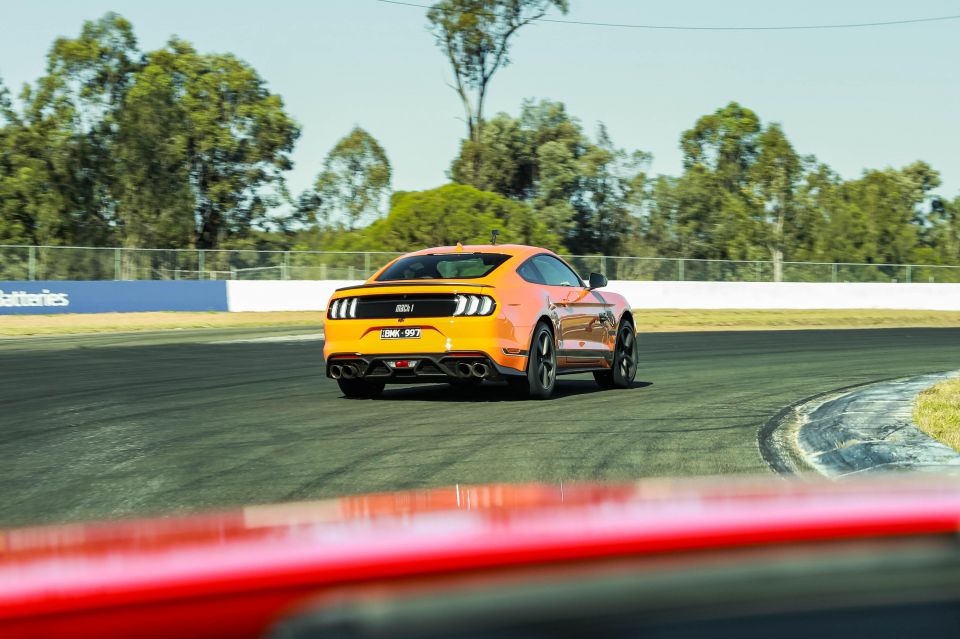

Being soft is a positive in some areas as well, with the GT having excellent mid corner front grip in the slow speed corners and great traction off the corners as well.
But the damper control and overall support in the Ford Mustang Mach 1, was just on another level. Everything was tighter, more reactive, and better connected.
The underlying balance of the chassis was very similar, yet it managed the movements and made it feel like a completely different car.
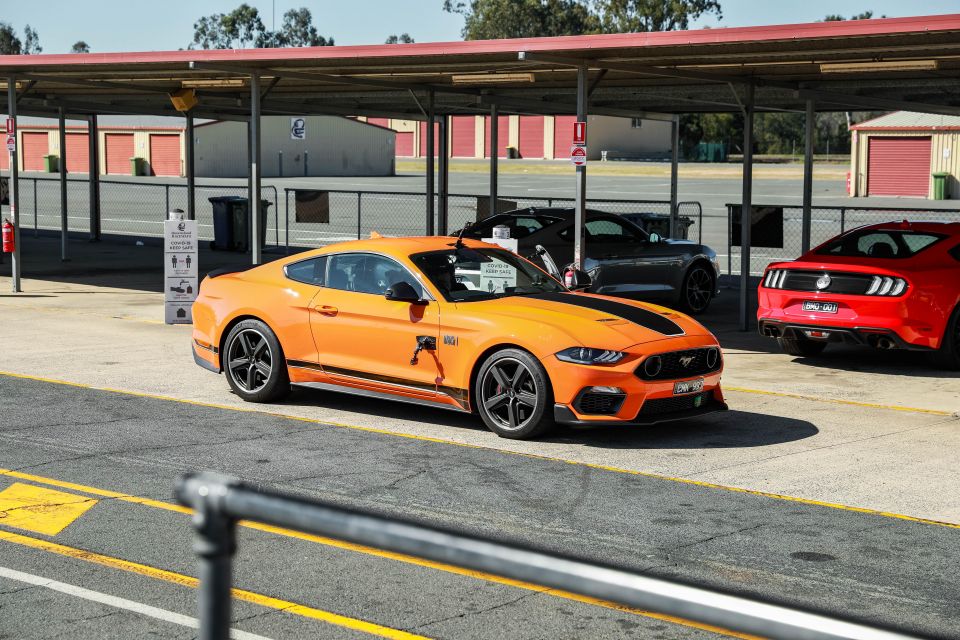
I did find that the Mach 1 had a slight tendency to understeer in the slow speed corners, where the GT would rotate. But it was still carrying so much more speed while doing it, so it is hard to complain.
The difference is more than just suspension, the Mach 1 has really been engineered to go on a race track and be pushed to the limit – and it does it well!
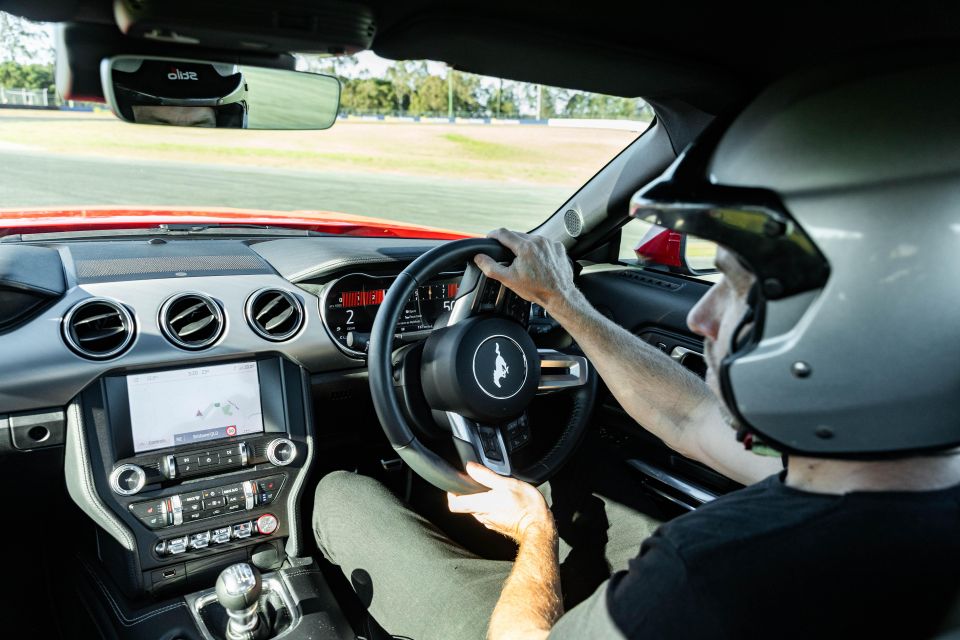
The steering was good and offered a reasonable amount of feedback. It does feel sharper in the Ford Mustang Mach 1, but that has a lot to do with the suspension as well.
The Mustang Mach 1 and Mustang GT use the same Michelin Pilot Sport 4s tyres, with 255/40 R19 fronts and 275/40 R19 rears. This is a great tyre for a balance of performance and everyday usability.
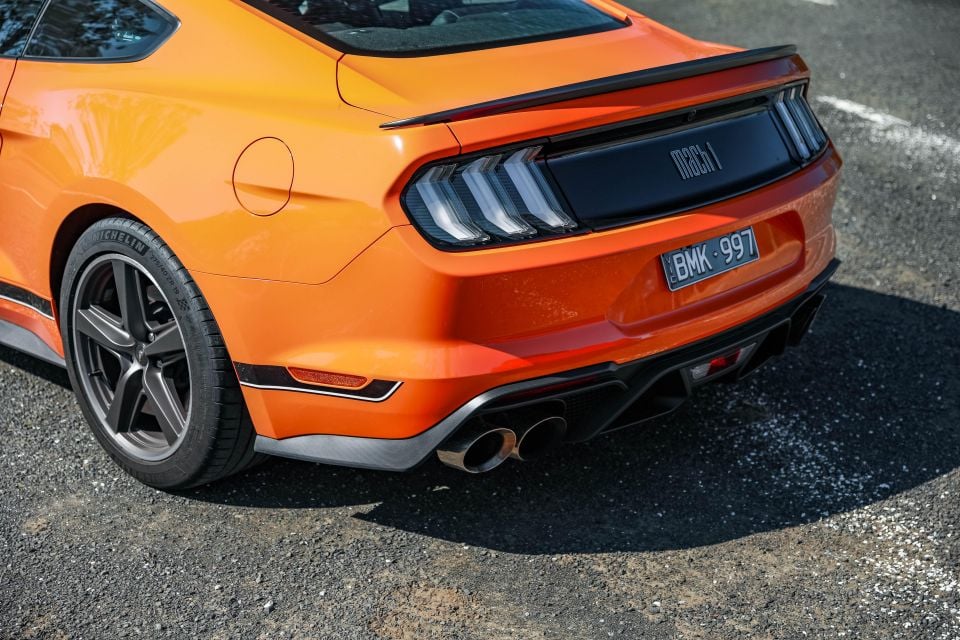
Where expert car reviews meet expert car buying – CarExpert gives you trusted advice, personalised service and real savings on your next new car.
The GT was a little bit easier on the tyres with its softer suspension, but both cars managed them really well and I was able to do my fastest lap at the end of the runs.
I did notice that the Ford Mustang Mach 1 was slightly harder on the tyres, with a bit more energy being transferred because of the suspension and geometry differences.

Once I was comfortable in the cars, I really had no need for the traction control to be on. With the engines being so drive-able and having good rear grip, you really had to be very exuberant to have the rear end get away from you.
The rev match function for down shifts, which I am usually not a fan of, actually worked well and I ended up relying on it quite a bit.
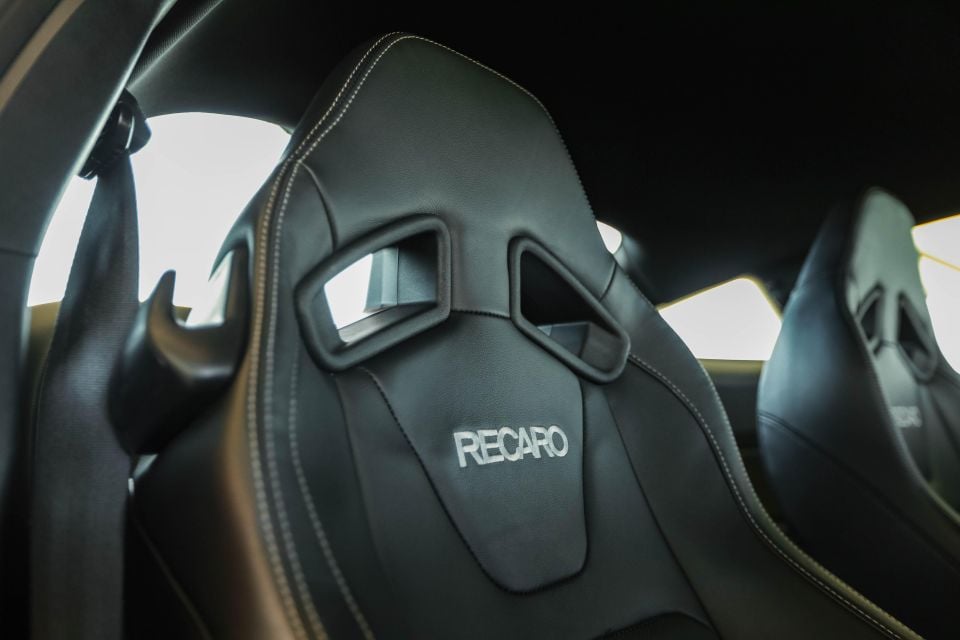
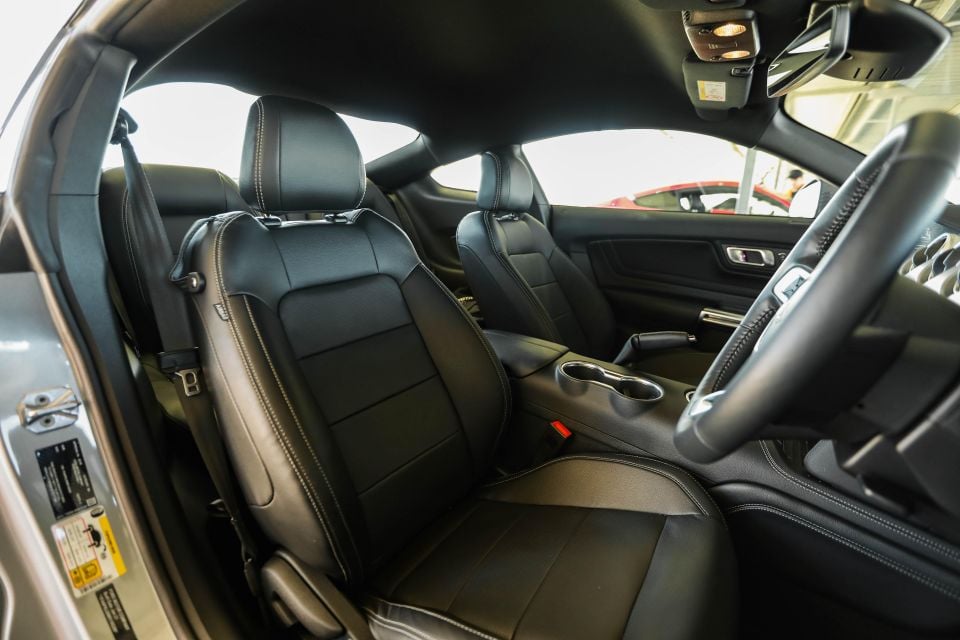
The seats in the Mustang GT are very comfortable, which is great on the road, but don’t offer a huge amount of lateral support on the track. I was really moving around laterally quite a bit, which makes it hard to focus on the driving.
The version we drove had the standard seats, which can be upgraded to the Recaro sports seats that are in the Mach 1.
The Recaro sports seats in said Mustang Mach 1 are the main difference in the interior, and although they look a bit more aggressive, I would have still liked more support on the track. However they are comfortable for a sports-style seat.
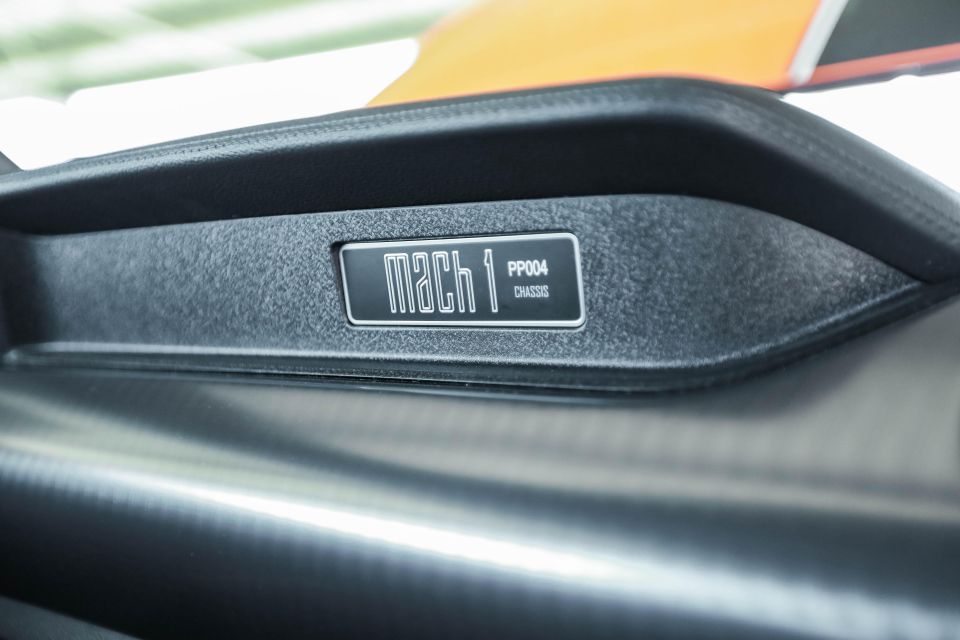
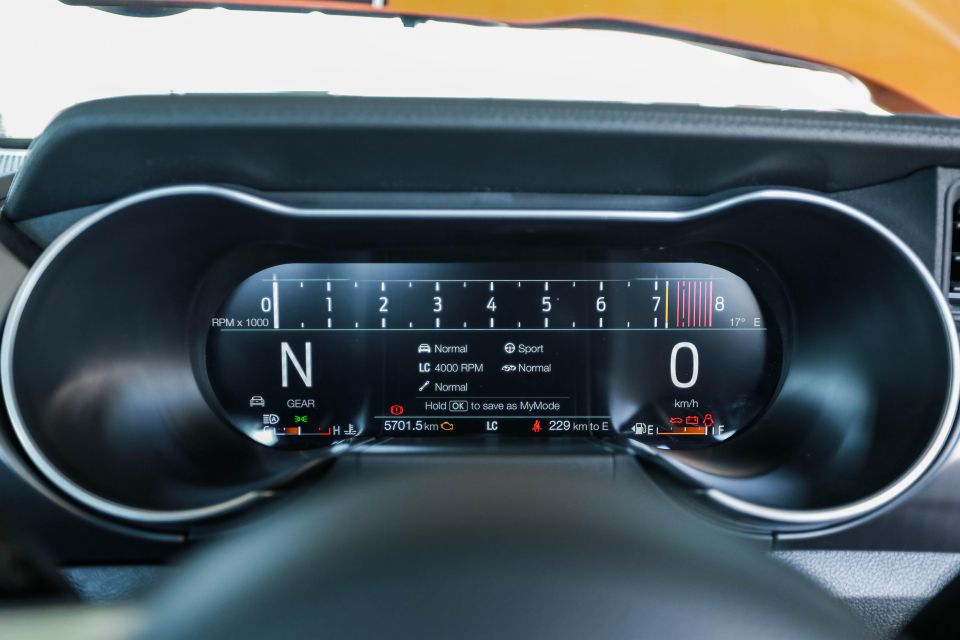
The pedal position made it a little bit difficult to heel-and-toe, with it being a bit of a stretch to reach the throttle, but because the rev match feature was so good, it didn’t bother me on the track.
Funnily this was more noticeable in the Ford Mustang GT, because the engine was not as reactive as the Mach 1.
I really liked the steering wheel. It matches the cars well, being a good size and shape.
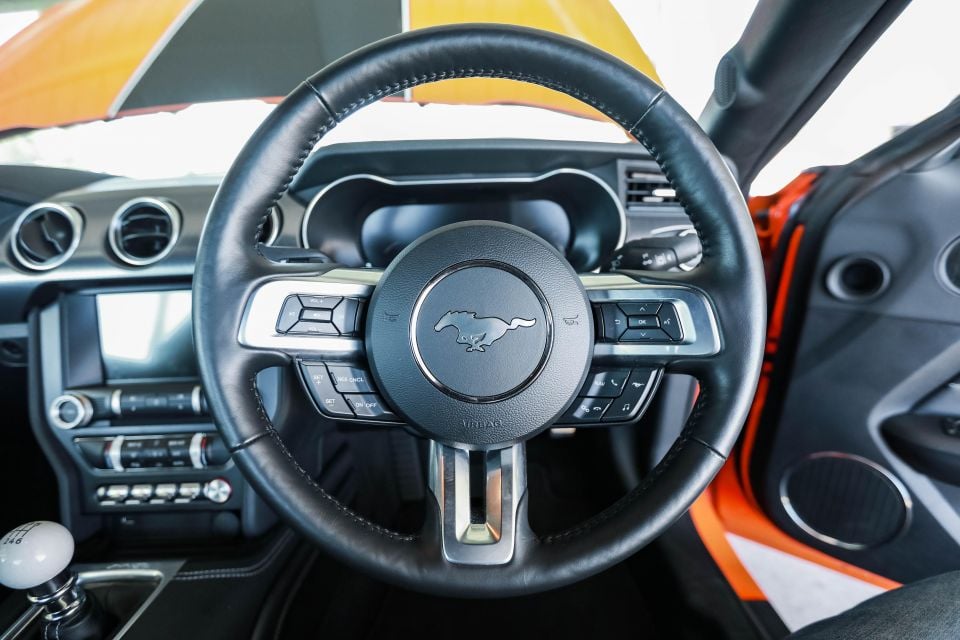
The displays are very cool, and when you put it in track mode, it gives you a huge rpm gauge across the screen with shift lights integrated as well.
To be honest, I personally would have liked a bit clearer shift lights and the rpm gauge not to be so big, but you won’t miss it.
I did find it a bit tricky to change driving modes, you have to toggle through each setting and if you go past the one you wanted, you have to do another full cycle to get back to it.



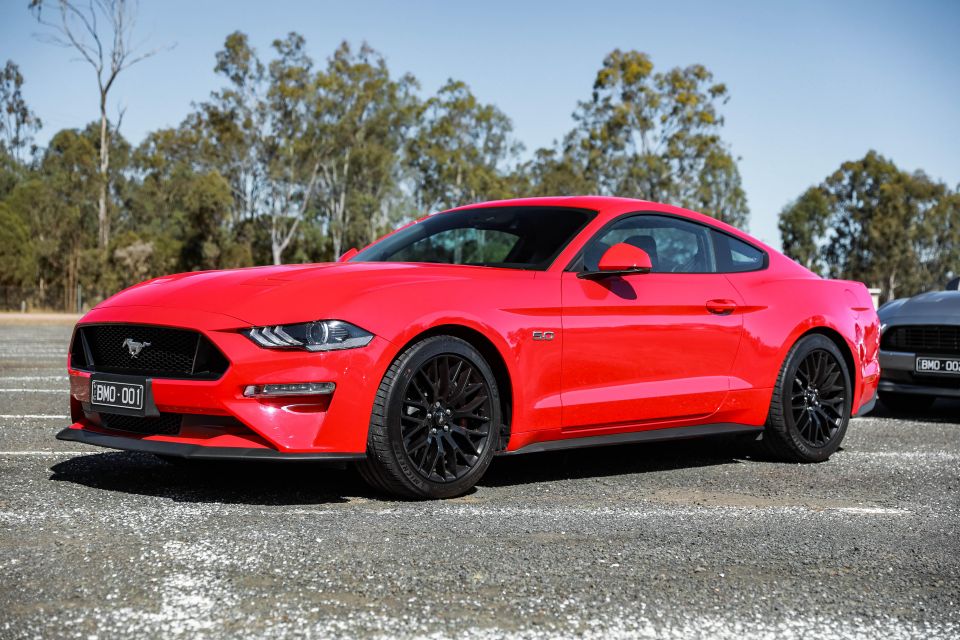
To say I was impressed with the Ford Mustang is an understatement. It performed so well in so many areas and gave such a clear indication of performance relative to the cost of the car across the range.
The Mustang GT really stepped up, cracking the minute mark, with a 59.99 second lap on its final run. Although it took me a little time to become comfortable in the GT, once I did, I could run super consistent laps.
The Mustang Mach 1 was a revelation for me, as I expected it to be similar to the GT but it wasn’t, and in a good way. Ford has really transformed this car into a track specialist that you could live with everyday.
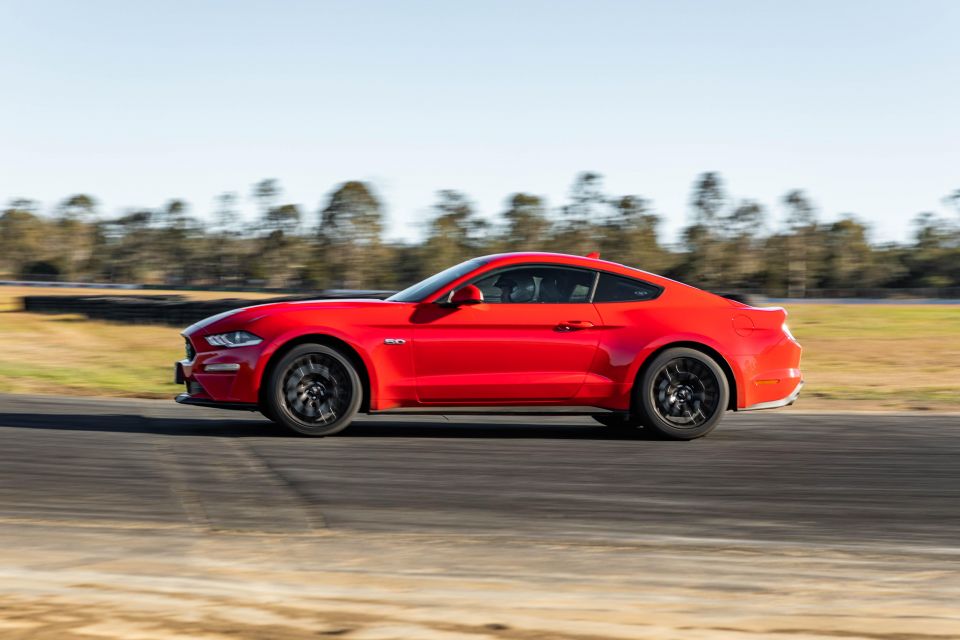
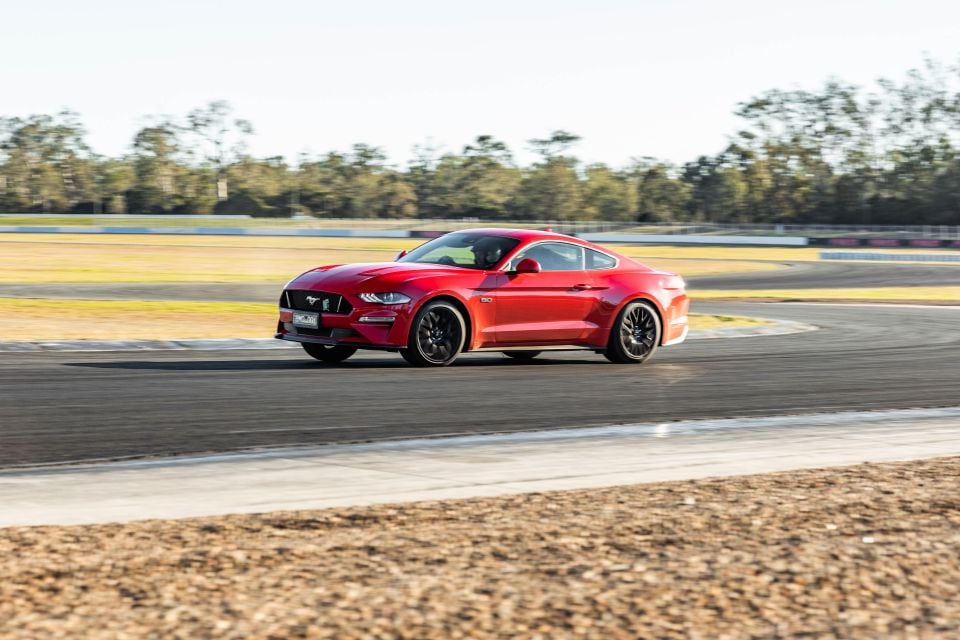
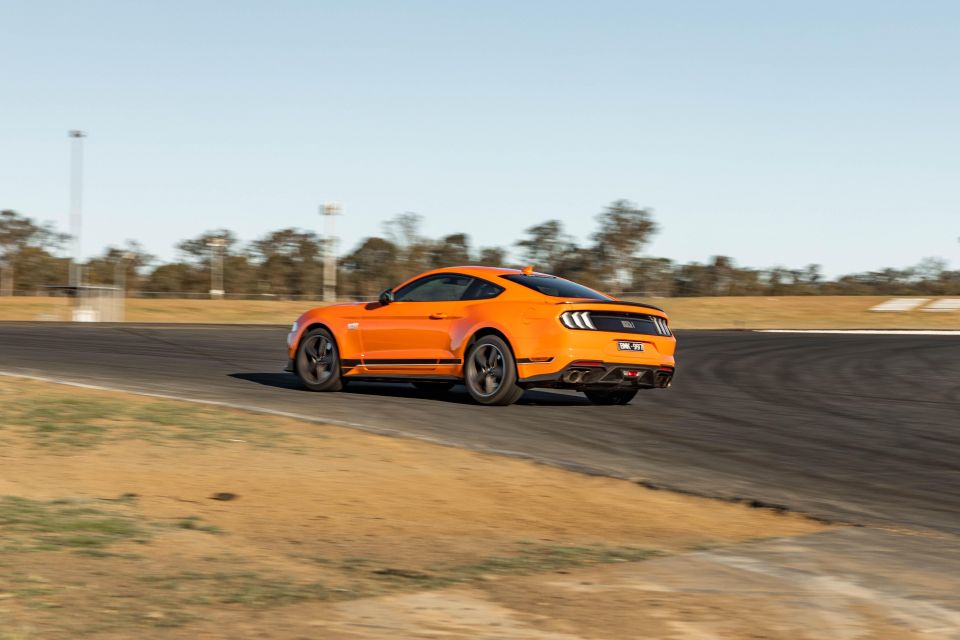
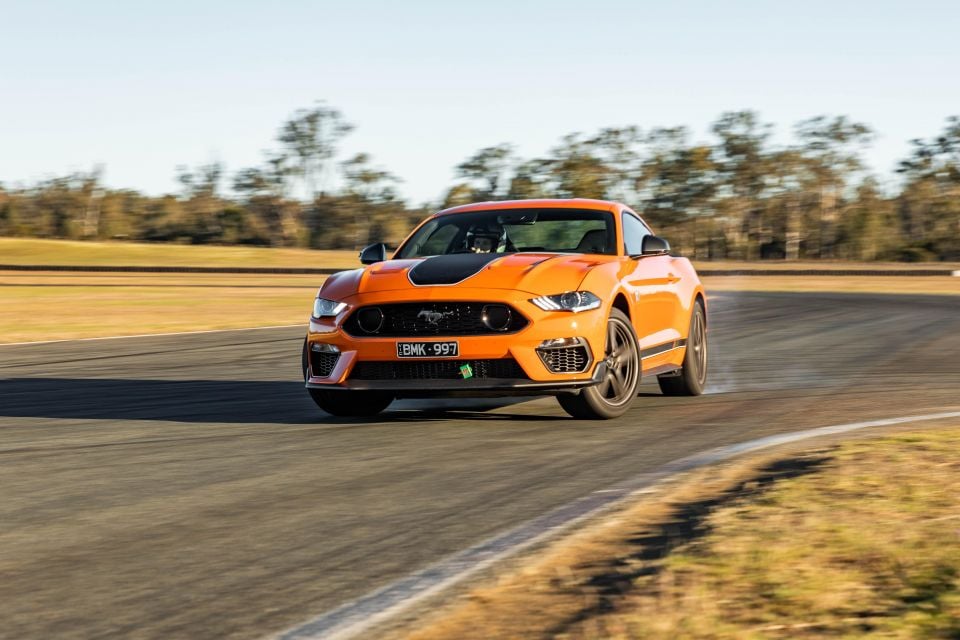
Taking 1.5 seconds out of the GT with a time of 58.48 seconds is notable.
For context, the Mustang four-cylinder High Performance which wasn’t the focus of the test gave us a benchmark to gauge the other two cars off. Its best lap was 62.18 seconds, still enjoyable at the same time.
You can clearly see the progression in the Mustang range and that Ford has gone beyond just adding power to improve performance. Each step along the way is worth the extra money, which is how it should be!

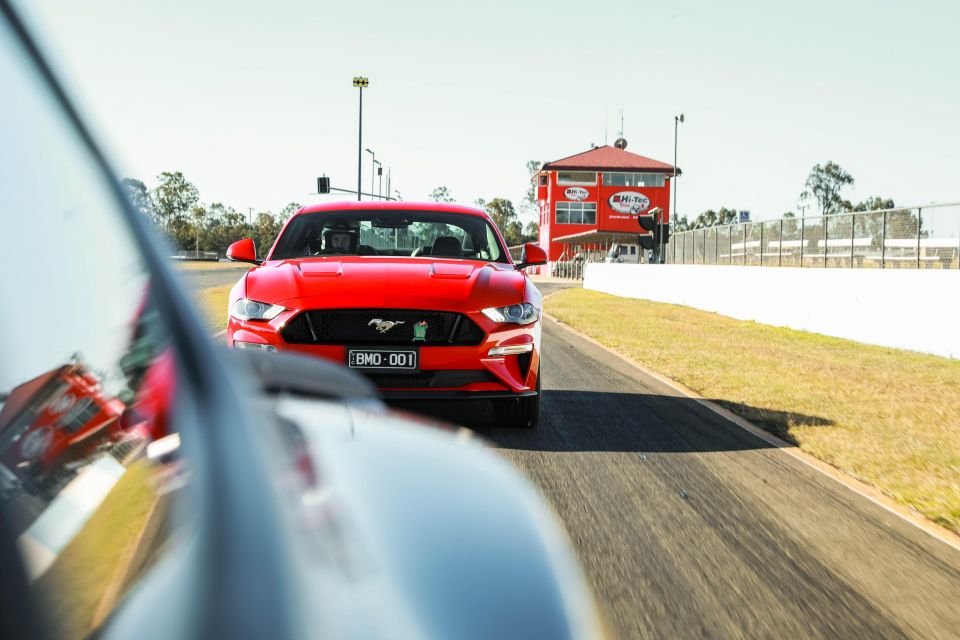
Ford Mustang GT pros
Ford Mustang GT cons
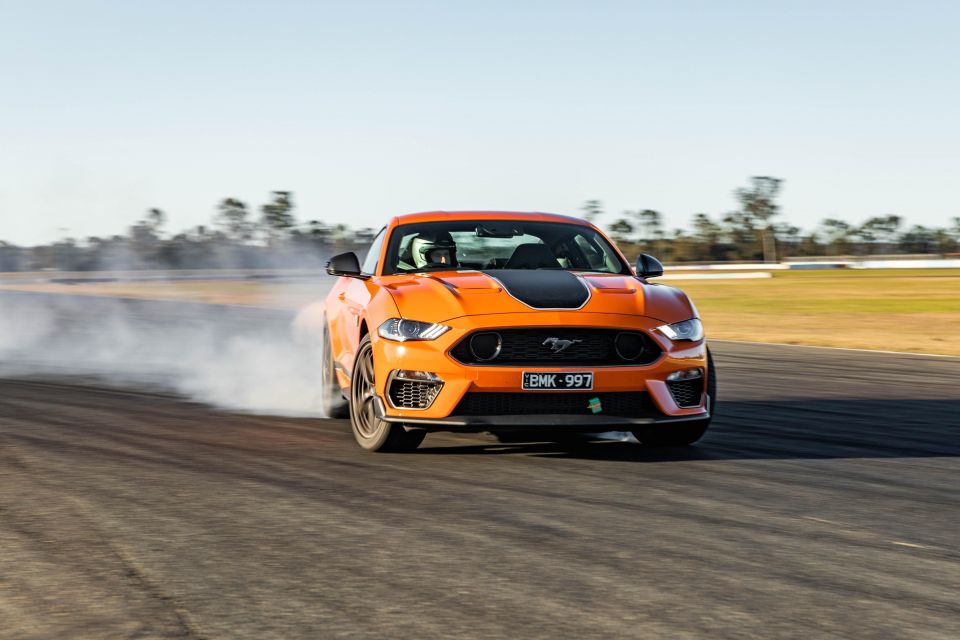
Ford Mustang Mach 1 pros
Ford Mustang Mach 1 cons
MORE: Ford Mustang Mach 1 review MORE: Ford Mustang GT Fastback review MORE: Ford Mustang 2.3L High Performance review
Share your thoughts with us in the comments below!
Share your thoughts and write a review of a car you own and get featured on CarExpert.


Marton Pettendy
13 Days Ago


James Wong
21 Days Ago


Damion Smy
22 Days Ago
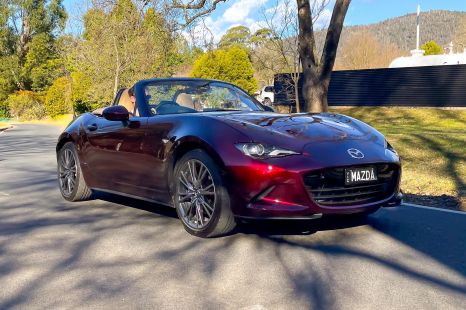

Josh Nevett
26 Days Ago


Max Davies
1 Month Ago
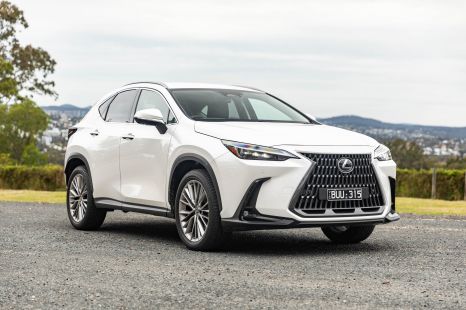

William Stopford
1 Month Ago